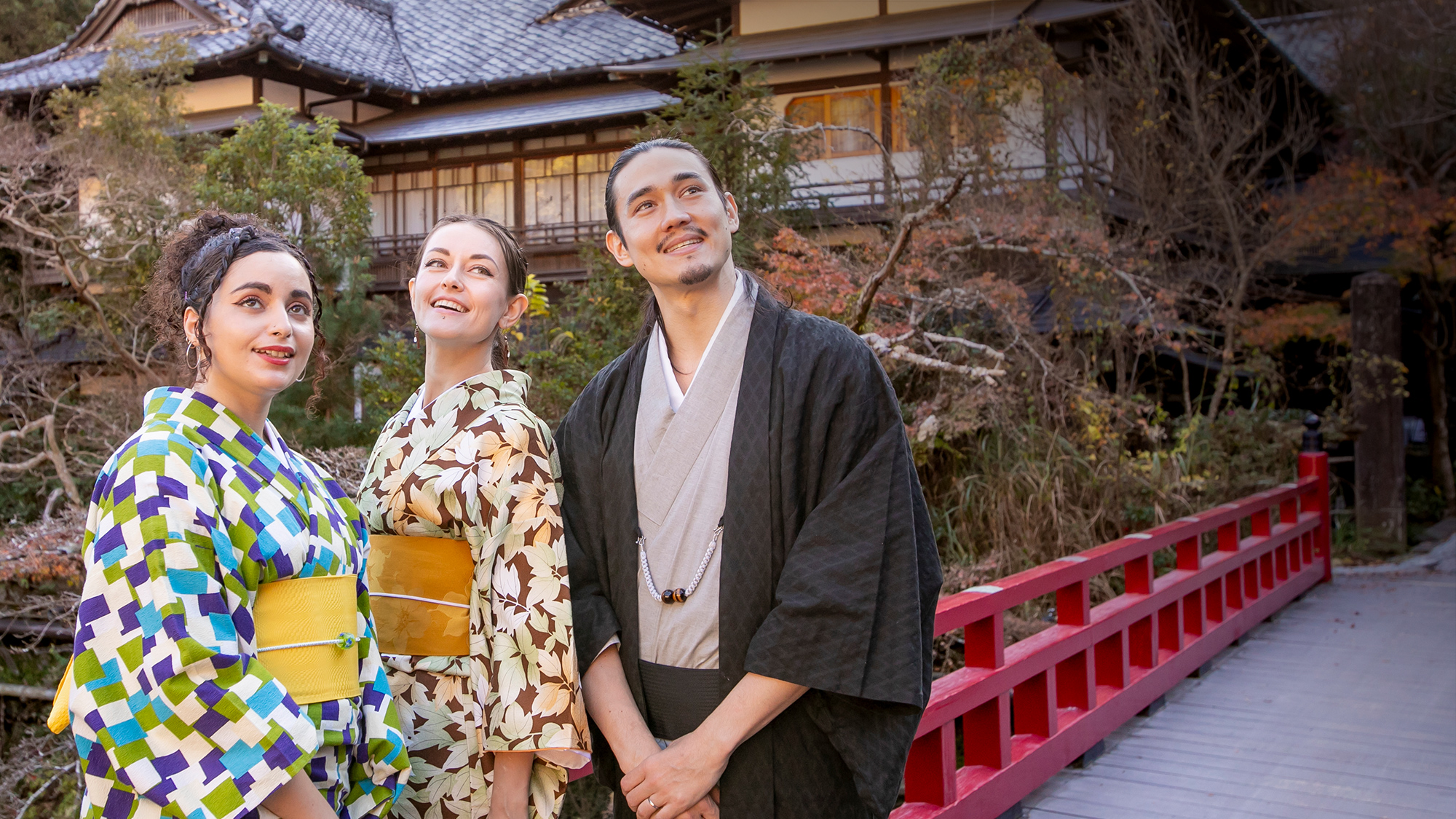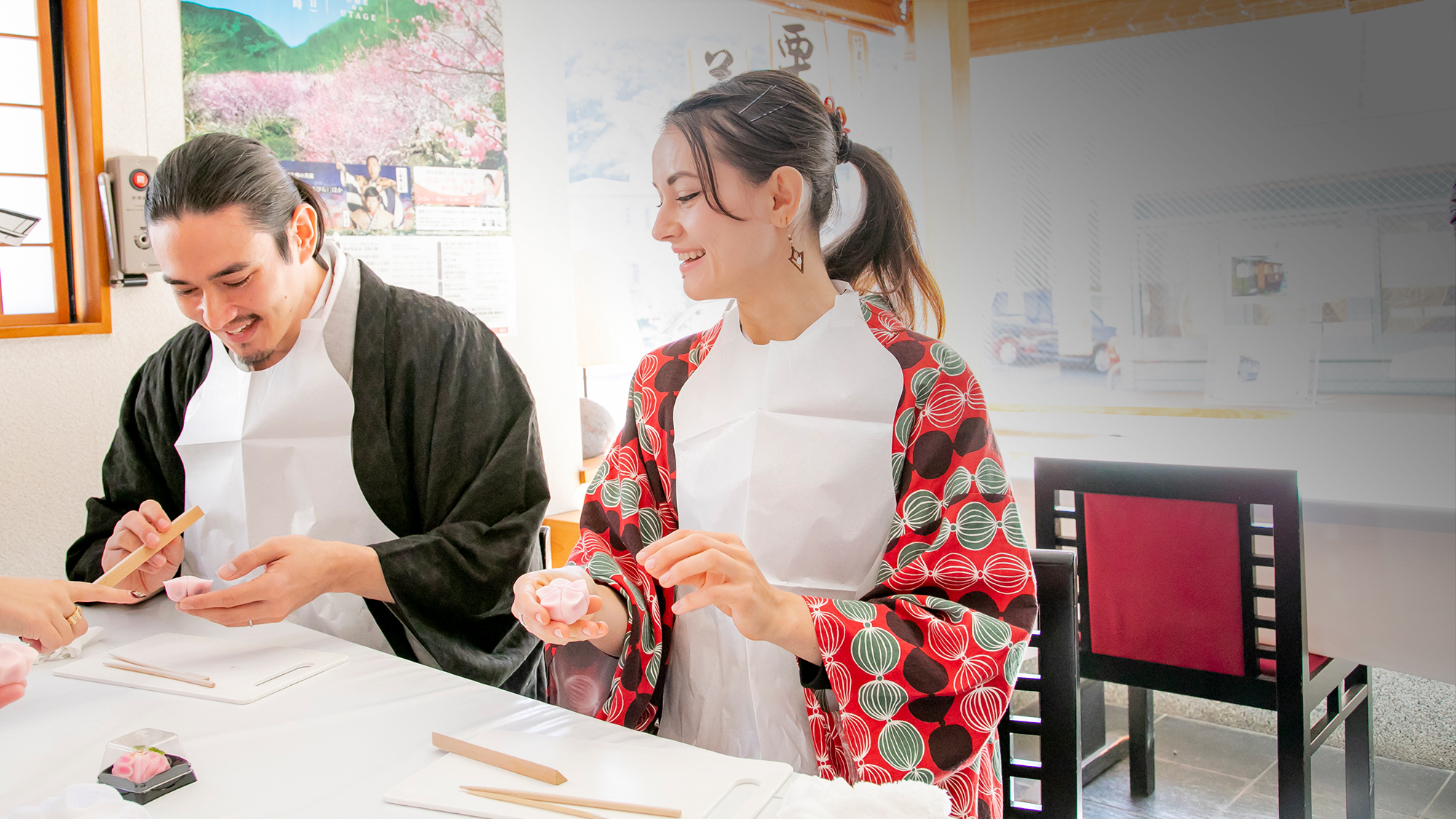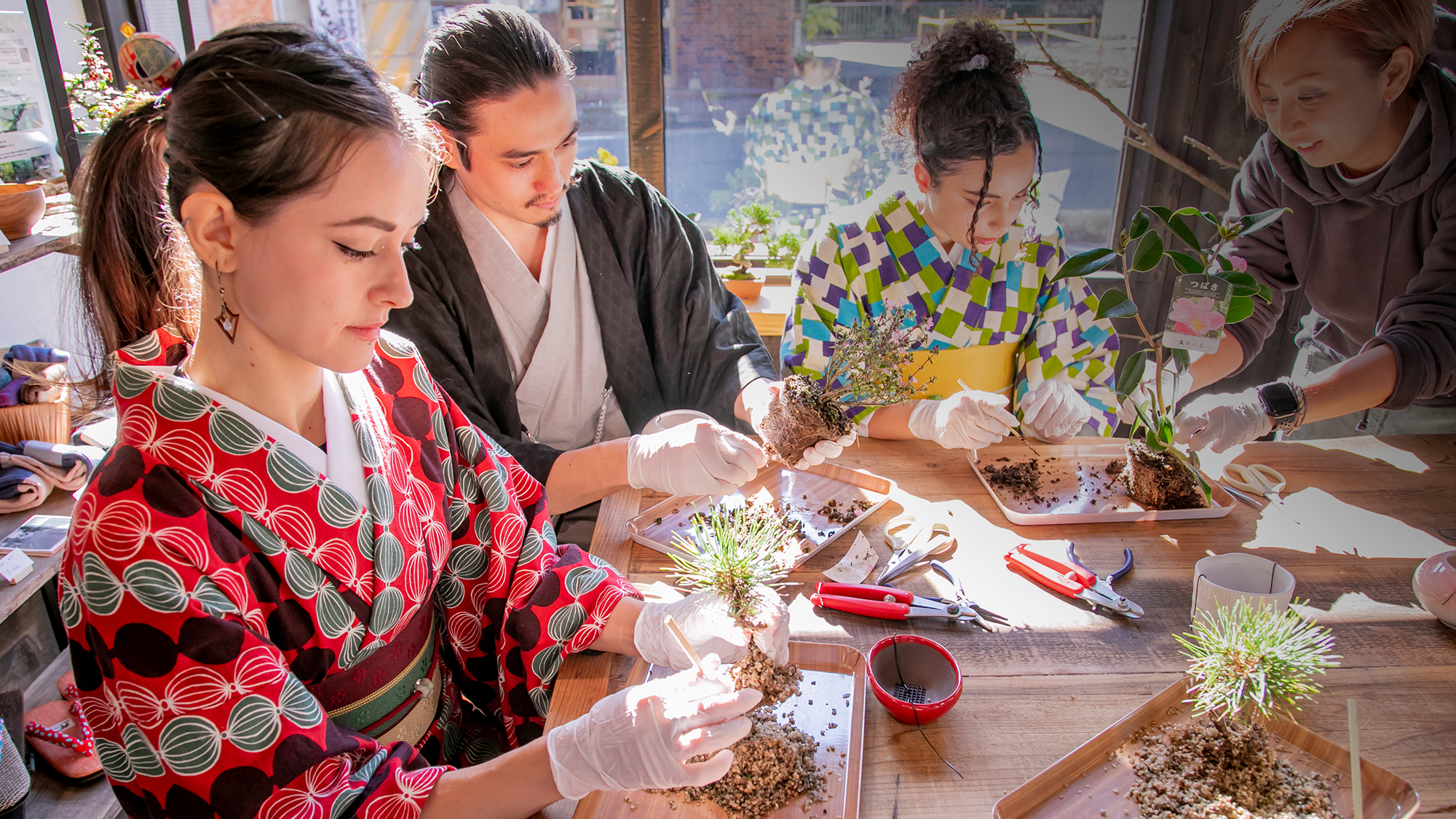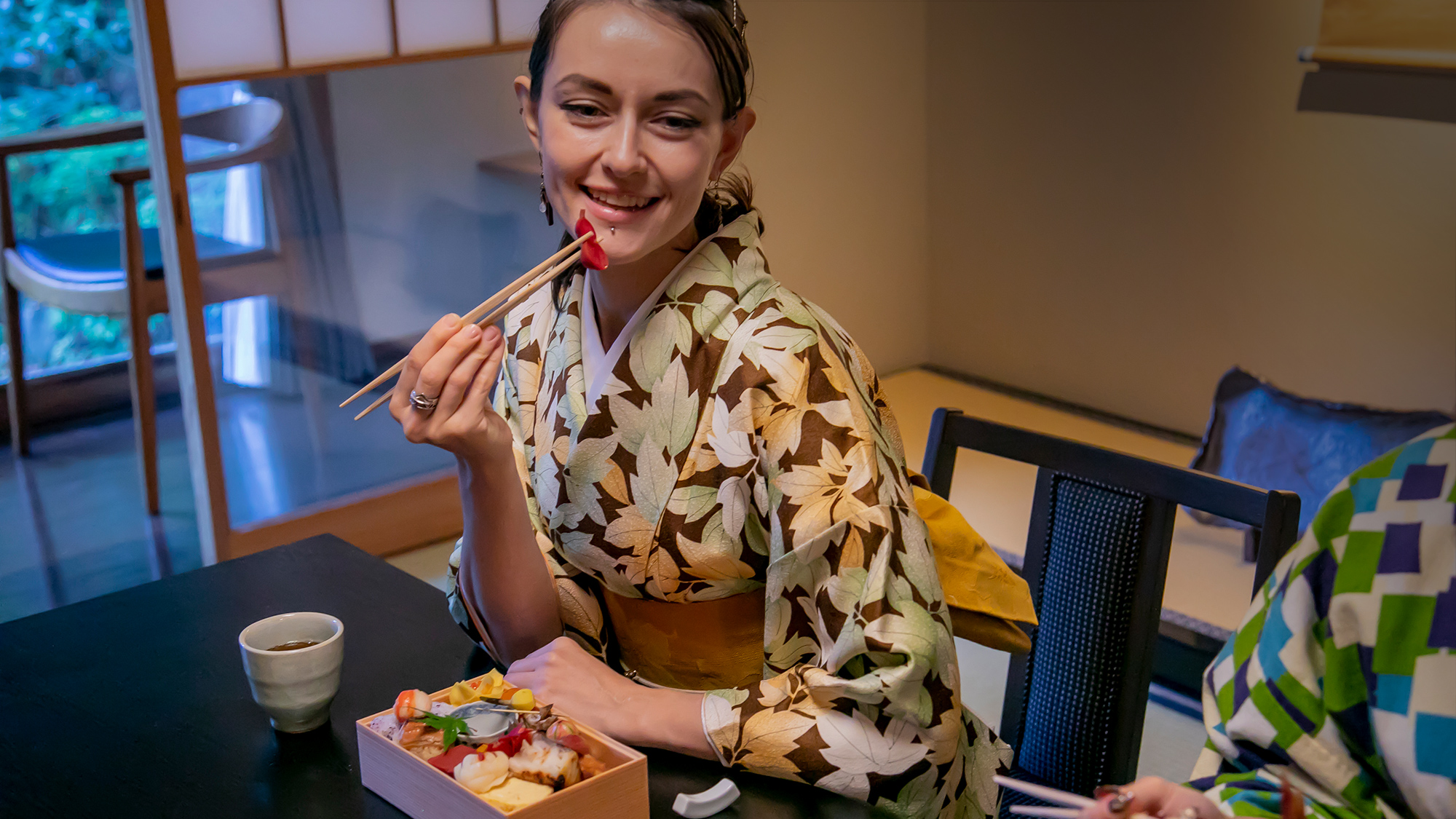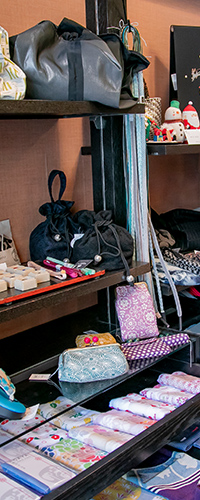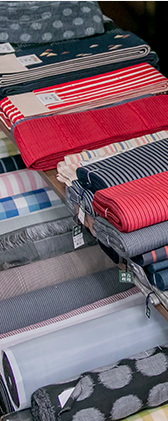Relax in a comfortable cotton kimono "Yugawara Kimono"
Hello, this is Kimono Suzuki staff. I am a staff member of Suzuki.
Our store is located in Yugawara at the foot of Mt.
It takes about one hour from Tokyo Station by Shinkansen bullet train.
Yugawara is a lovely place with a quiet and calm atmosphere, surrounded by the sea, mountains, rivers, and lakes.
It is also a cultural place where historically famous writers and artists have lived.
The most exciting thing for foreign tourists is to experience Japanese life and culture through interaction with the local people.
We encourage you to put on a kimono and explore Yugawara.
Please put on a kimono and take a stroll in Yugawara.
You will experience a traditional Japanese daily life that you cannot experience in the city.
A visit to Yugawara wearing a kimono will surely be an unforgettable experience.
We hope that your trip to Yugawara will be a wonderful memory for you.
We look forward to seeing you!
About Kimono Rental
We offer kimono rental service.
Rental kimonos are made of cotton fabric. Cotton kimonos are very popular in modern Japan as everyday wear.
These are not simplified kimonos like those found in tourist attractions, but kimonos that were actually worn in daily life.
These are authentic kimonos that have been worn on a daily basis since ancient times.
The feeling of being wrapped in natural materials is very comfortable and relaxing.
Since no chemical fibers are used, there is no need to worry about allergies.
Rental Plan
-
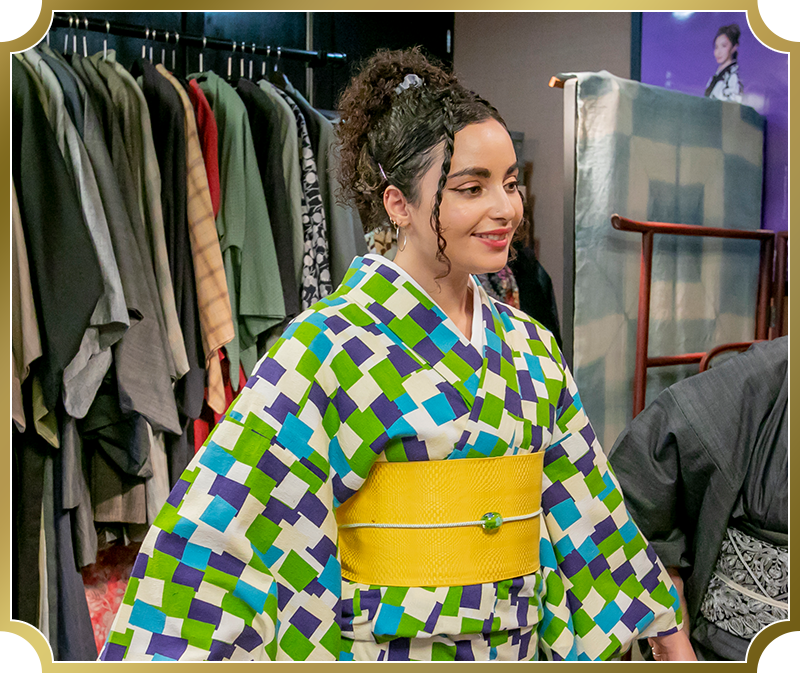
Kimono for women
4,500yen
Kimono,undergarment,Obi (sash),bag tabi,underwear, and sandal
-
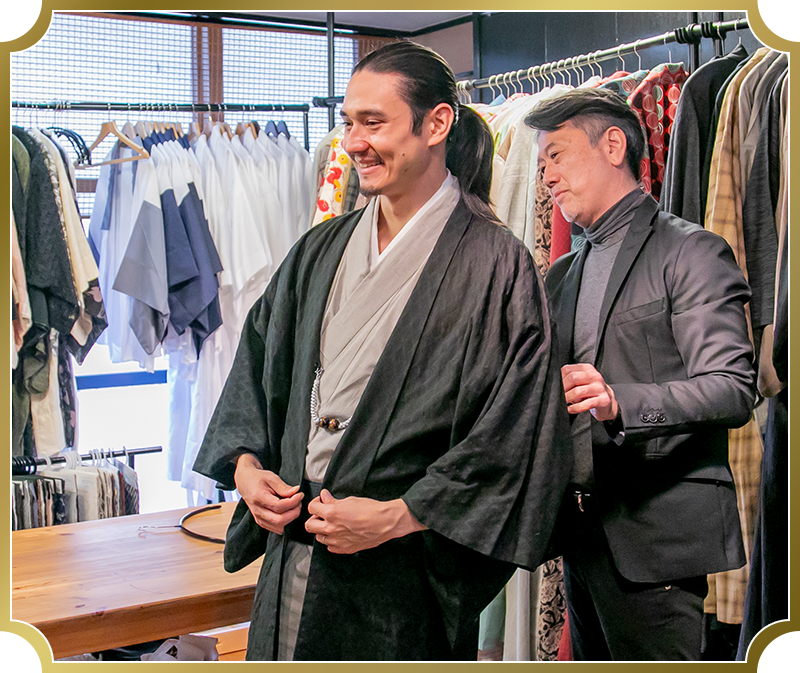
Kimono for men
4,500yen
Kimono,undergarment,Obi , bag and sandal
-
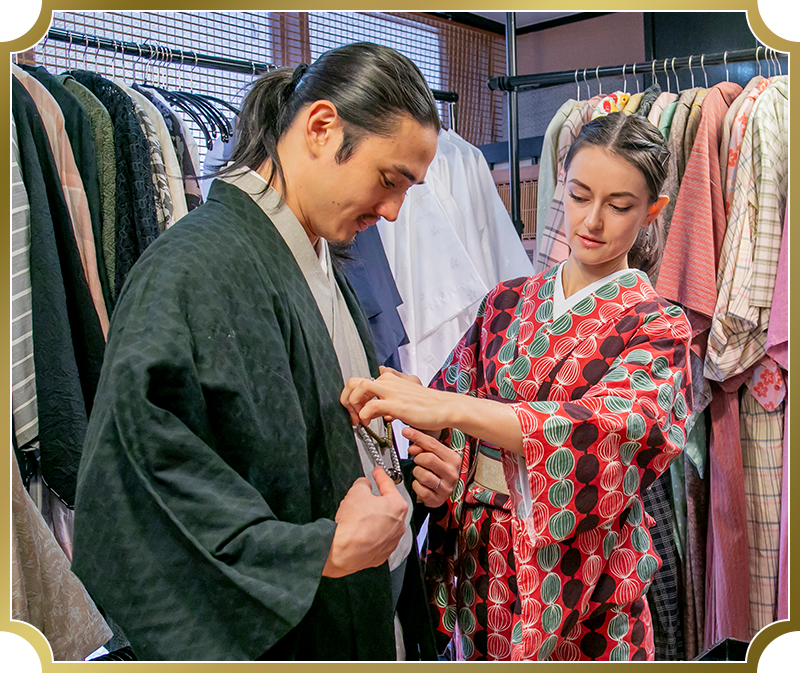
Couple Discount
8,000yen
ForLadies :Kimono,Obi ,bag,sandal,undergarment,socks,hair set and ornamental hairpin
For Men :Kimono,Obi ,bag,socks,sandal and undergarment
Rental Flow
-
STEP 1
Visit reservation
-
STEP 2
Visit
-
STEP 3
Plan description
-
STEP 4
Kimono selection
-
STEP 5
Try-on
-
STEP 6
Going out
Strolling around Yugawara
Japanese culture experience
Located in Kanagawa Prefecture, 60 minutes from Yokohama by express train, Yugawara Onsen is said to be one of the oldest hot springs in the Kanto region. It is famous as the only hot spring in eastern Japan that was mentioned in Japan's oldest anthology of poetry, Manyoshu (Anthology of Myriad Leaves). It is said to have healed many people since ancient times.
In modern times, many writers and painters, including Shimazaki Toson, Akutagawa Ryunosuke, and Tanizaki Junichiro, have visited the temple for rest and relaxation. Kunikida Doppo wrote "Yugawara yori" and "Yugawara yuki" in his later years, and Natsume Soseki is said to have written his last work, "Meian" in Yugawara, both of which were written in the hot spring resort.
-
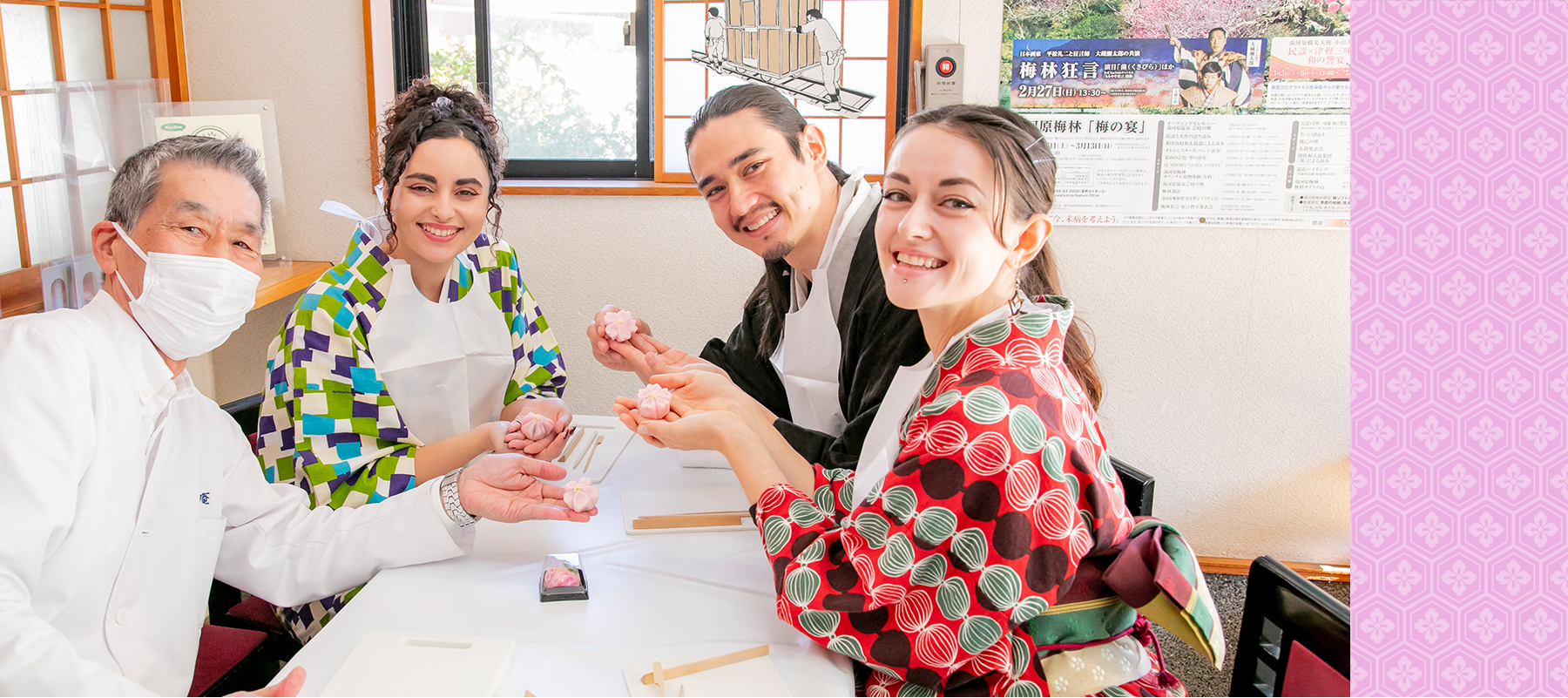
WAGASHI
Wagashi is a generic term for traditional Japanese confectionery. In contrast to Western confectioneries introduced from overseas after the Meiji era (1868-1912), wagashi refers to confectioneries that were introduced by the Edo era (1603-1868) and transformed into something uniquely Japanese. They are mainly made from azuki beans, rice cake flour, rice flour, etc., and are characterized by their soft and gentle sweetness.
-
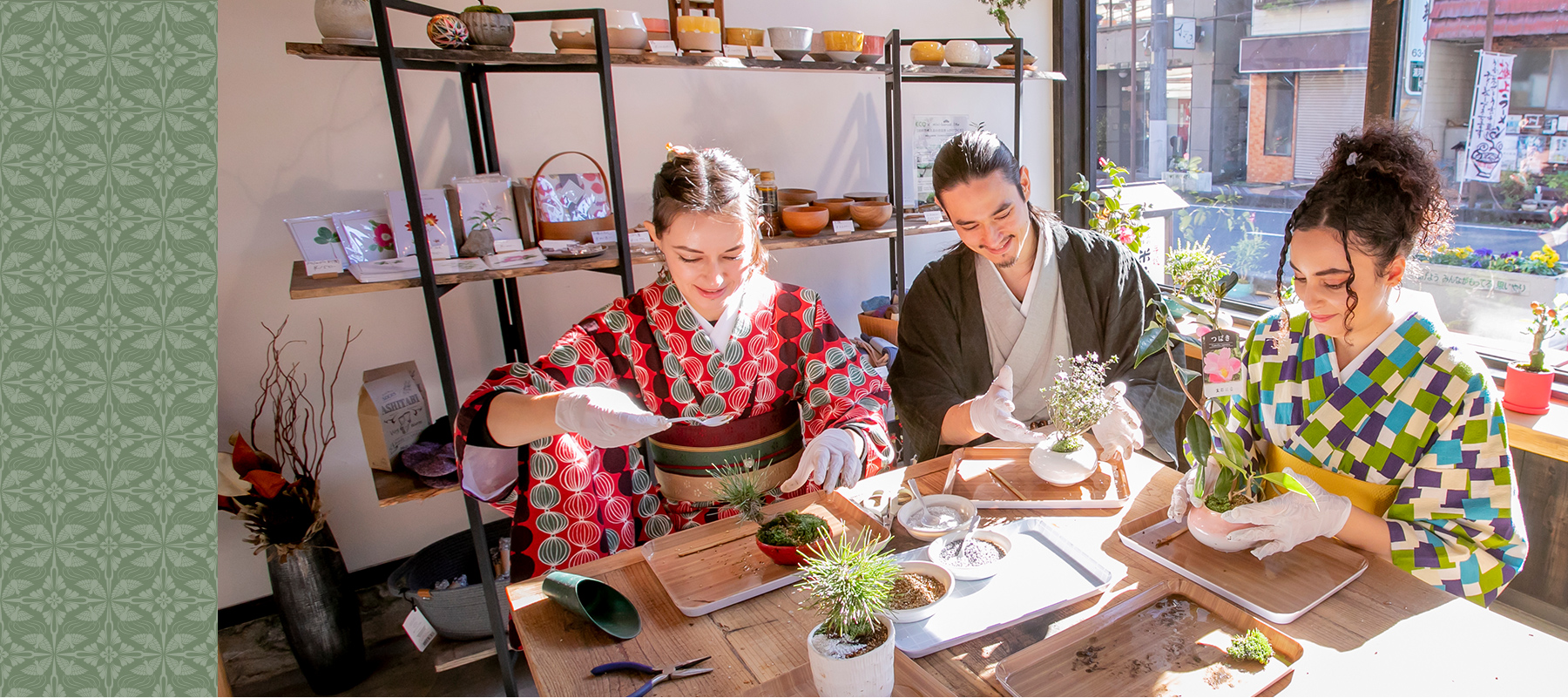
BONSAI
Bonsai is a traditional Japanese art form, a hobby that seeks beauty beyond the appearance of plants in nature by growing plants in pots in the mountains and fields. It is a traditional Japanese art form. At its root, it expresses the gentleness of the Japanese heart toward plants and their finely tuned aesthetic sense. It is distinct from potted plants, in which plants and trees are planted in pots and enjoyed only for the beauty of their flowers and leaves.
-
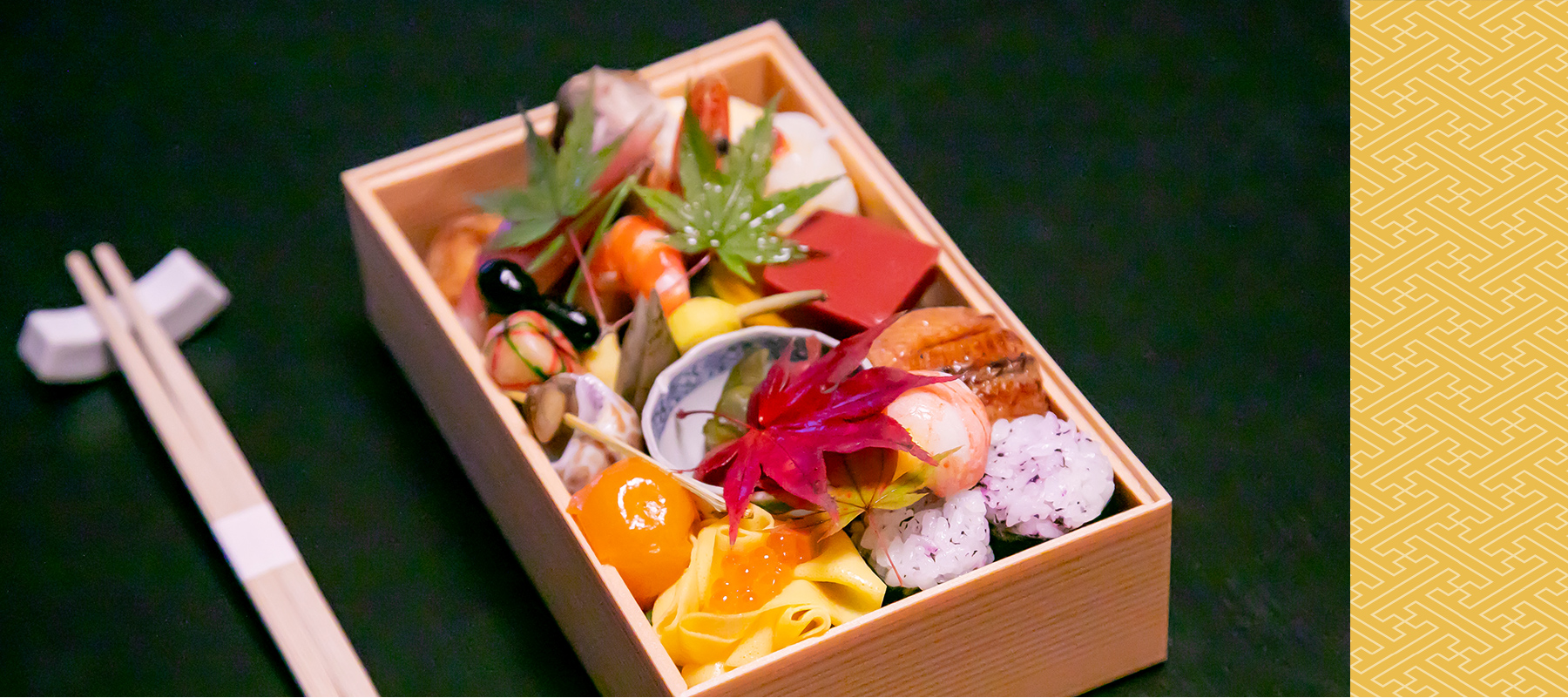
WASHOKU
Japanese-style meals. It is characterized by the use of fresh seafood and vegetables, cooking that makes the best use of the ingredients' natural flavors, elaborate use of different types of containers and serving styles, an emphasis on seasonality, and a close relationship with annual events. Japanese cuisine.
-
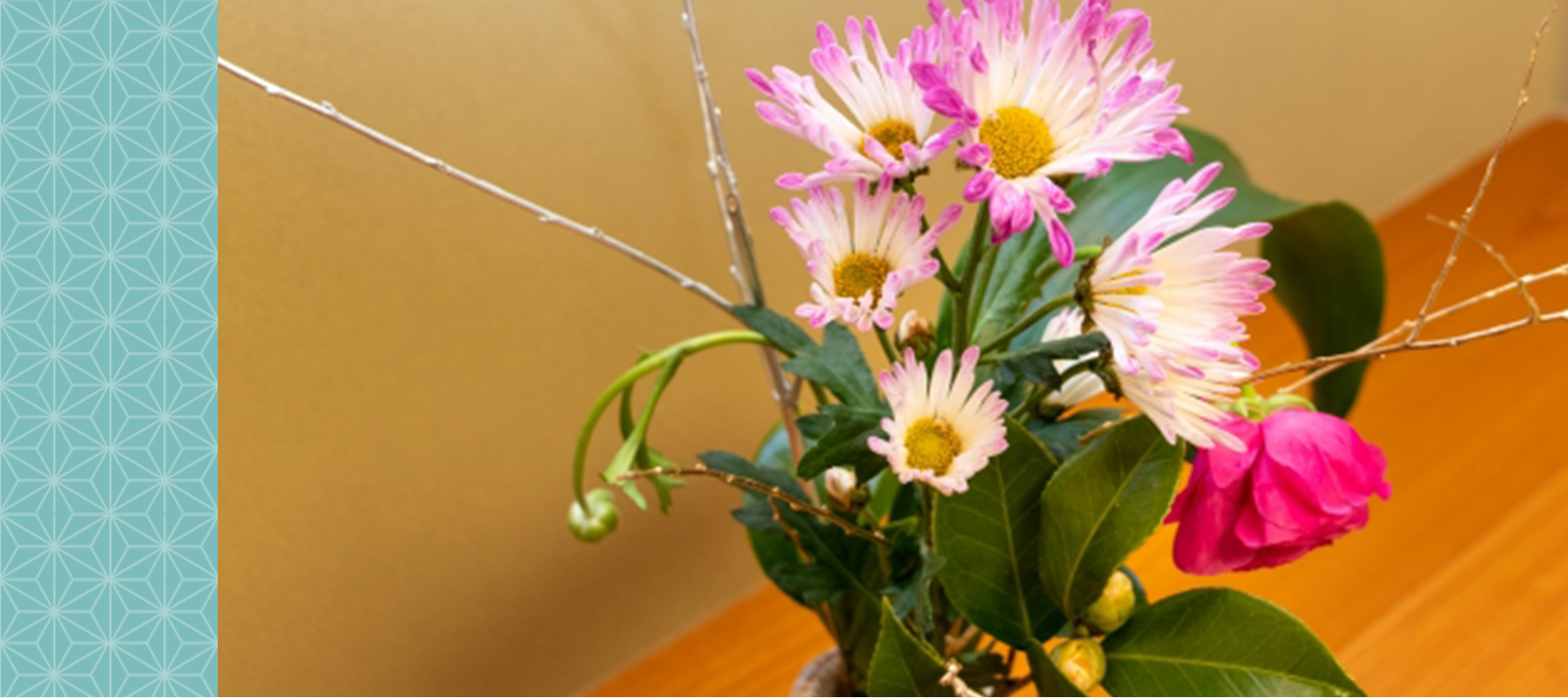
KADO
While floral arrangements are created to fill space with flowers, flower arrangement (also called ikebana) finds beauty in the areas (space) where there is no floral material, and focuses on expressing the beauty of lines. There are two styles of ikebana: tachibana and shoka in traditional flower arrangement, and moribana, nageire, and free-style ikebana in modern flower arrangement.

